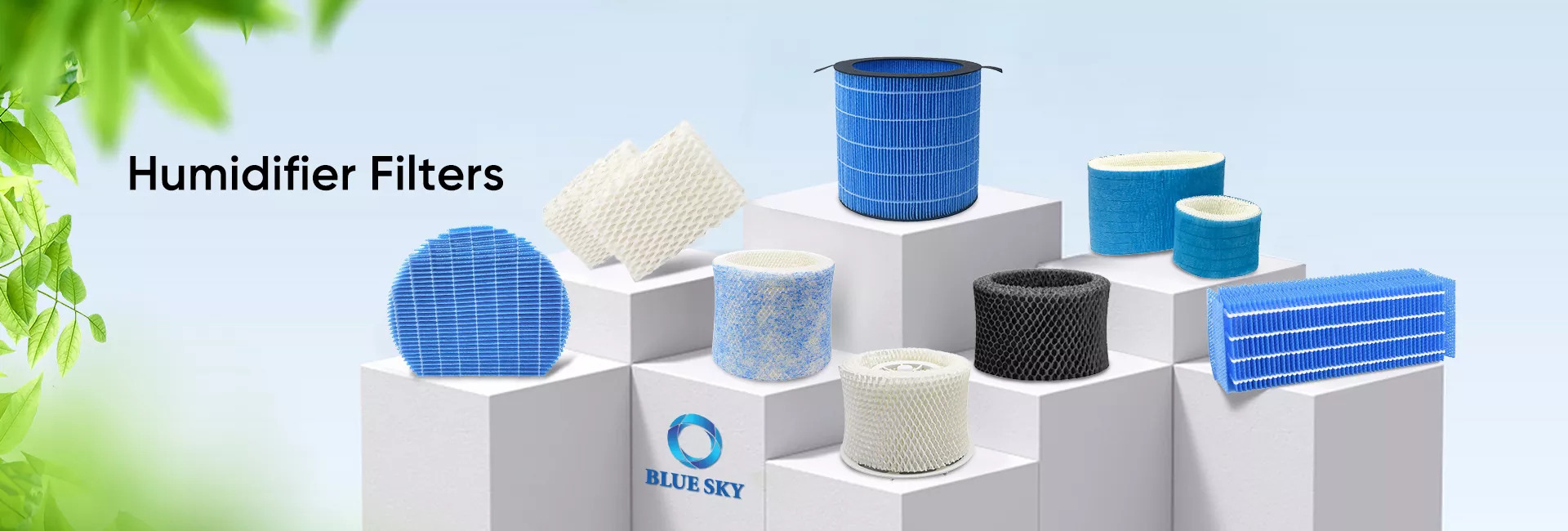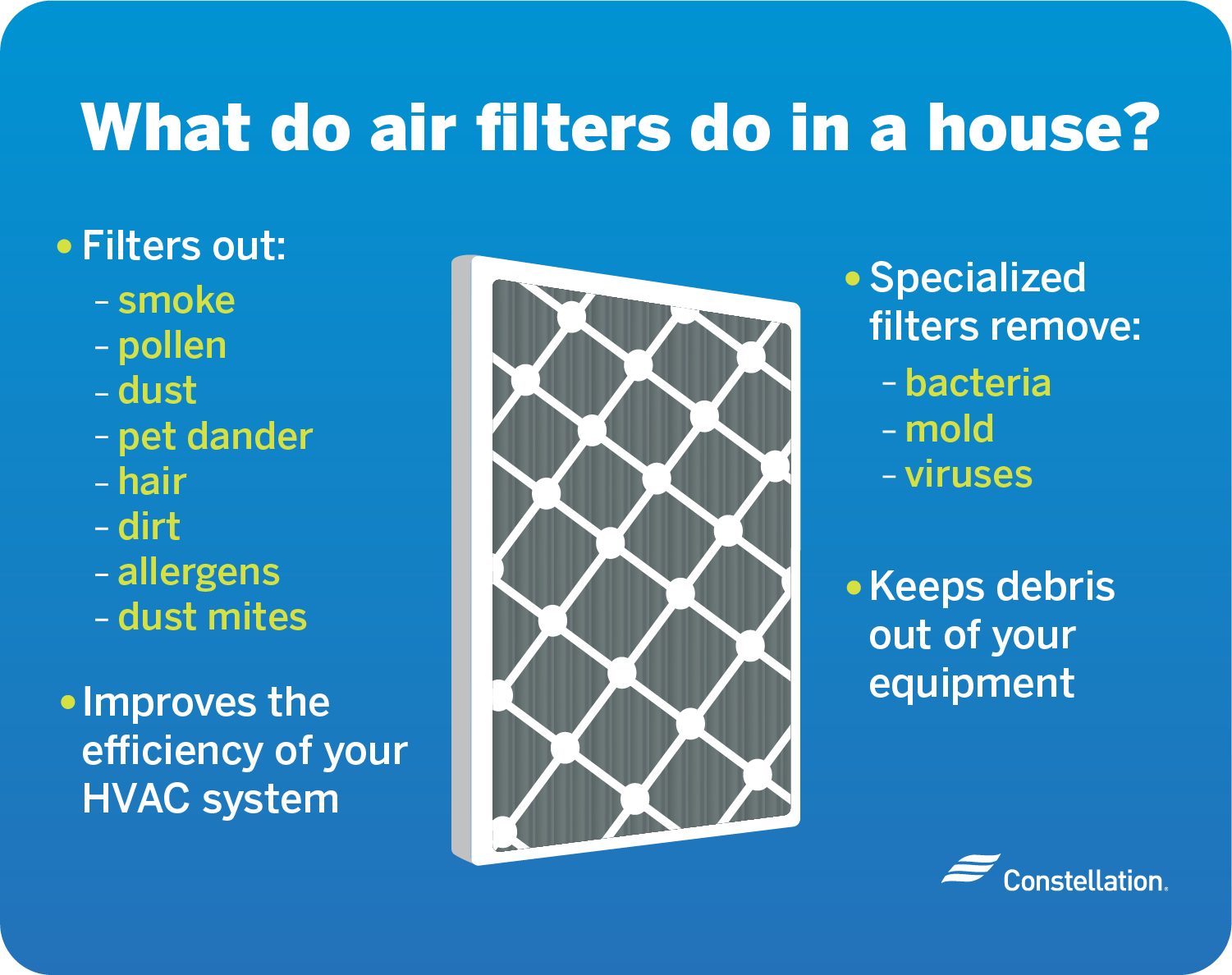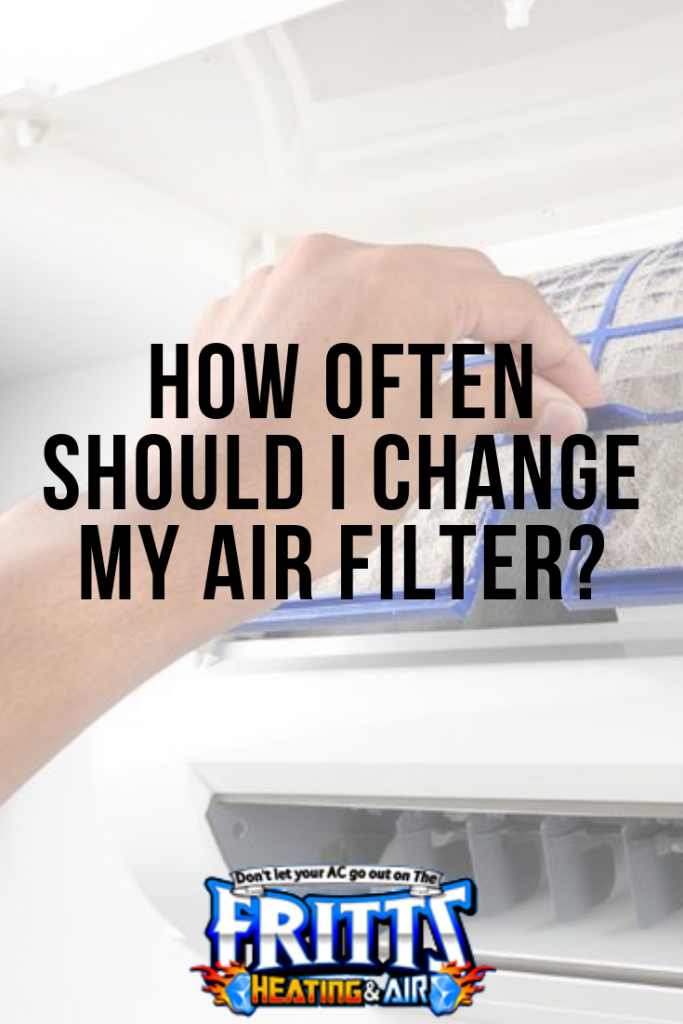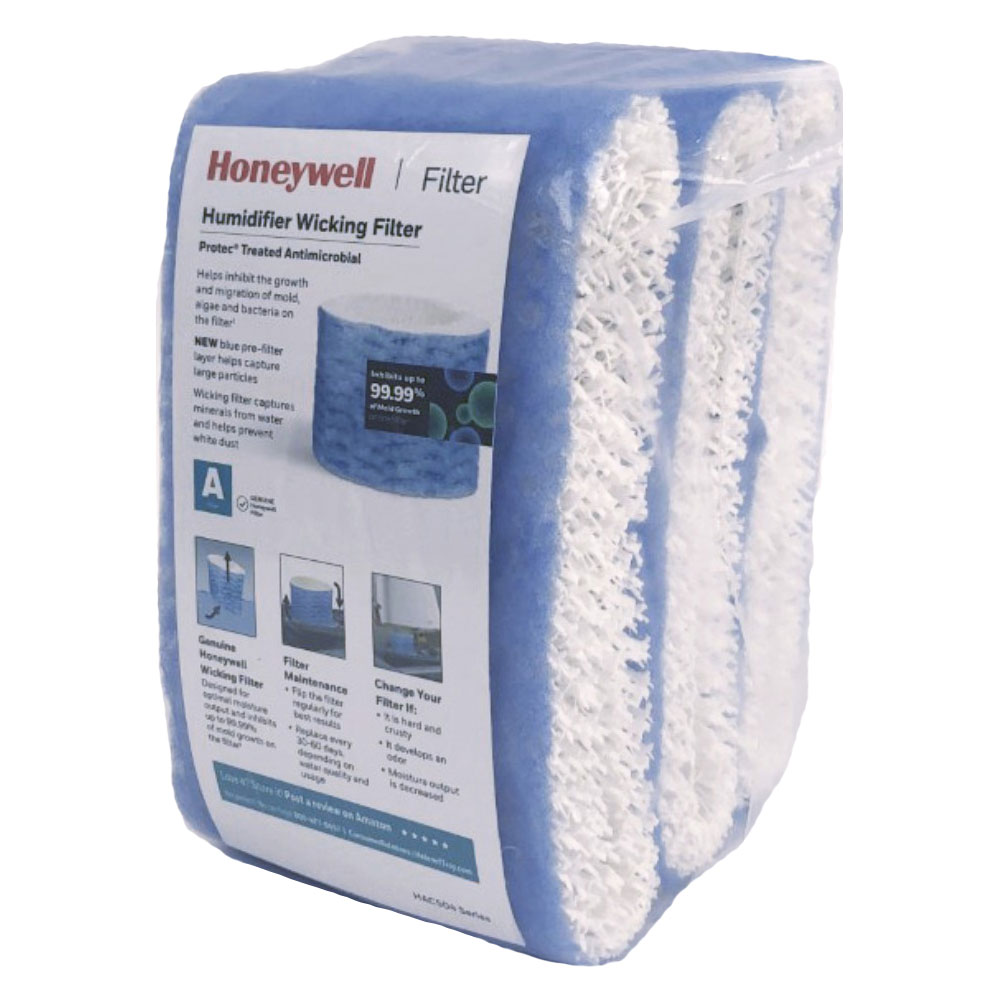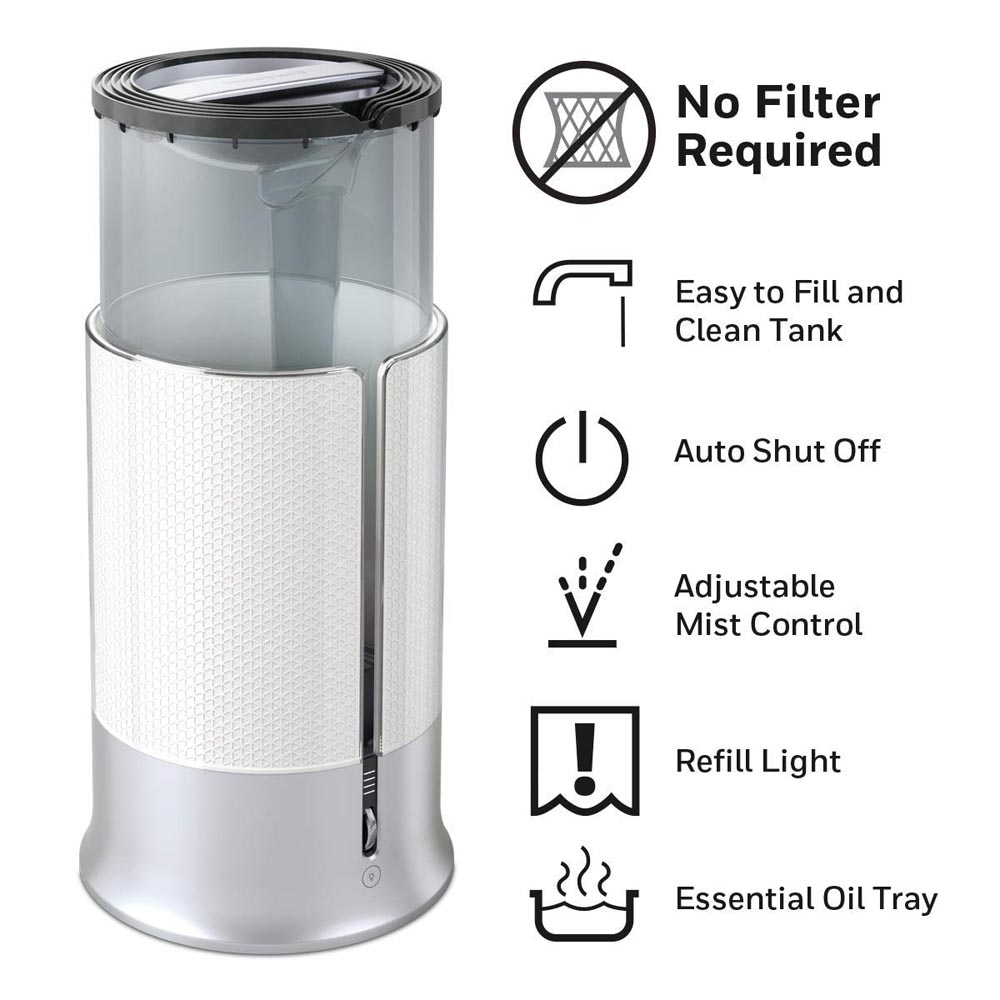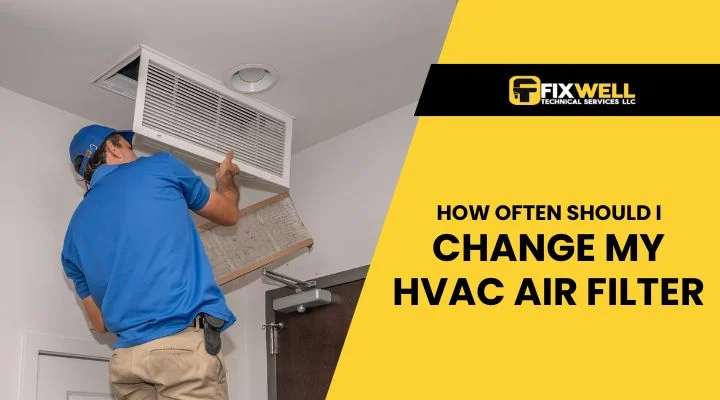How Often Should I Change My Humidifier Filter
A silent culprit often lurks within the familiar whir of our humidifiers, impacting not just the air we breathe, but also the health of the very devices designed to improve our well-being. Neglecting a seemingly minor component—the filter—can transform a source of comfort into a breeding ground for mold and bacteria, potentially exacerbating respiratory issues and diminishing the lifespan of your humidifier.
The question then arises: How often should you change your humidifier filter to maintain optimal air quality and prolong the life of your appliance?
The Nut Graf: Setting the Stage for Filter Maintenance
The frequency of humidifier filter replacement is not a one-size-fits-all answer. It depends on a multitude of factors including the type of humidifier, the quality of your water, the frequency of use, and the environmental conditions of your home.
This article will delve into these critical variables, providing a comprehensive guide to help you determine the ideal filter replacement schedule, ensure proper hygiene, and maximize the effectiveness of your humidifier.
Understanding Different Humidifier Types and Their Filters
Humidifiers come in various forms, each with its own unique filter design and maintenance requirements. The most common types include evaporative, ultrasonic, and steam humidifiers, and understanding their distinct filtration systems is crucial for determining the correct replacement schedule.
Evaporative humidifiers utilize a wick filter, typically made of paper or foam, which absorbs water and allows it to evaporate into the air. These filters are particularly susceptible to mineral buildup and microbial growth and generally require more frequent replacement.
Ultrasonic humidifiers, on the other hand, often employ demineralization cartridges or filters designed to remove minerals from the water before it is dispersed as a fine mist. While these filters primarily address mineral buildup, they also require periodic replacement to maintain effectiveness.
Steam humidifiers, by boiling water, inherently kill most bacteria and minerals, but some models may still include filters to trap sediment or other impurities. Refer to the manufacturer's instructions for specific filter recommendations for your particular model.
Decoding Manufacturer Recommendations
Your humidifier's instruction manual is the first and most reliable source of information regarding filter replacement. Manufacturers conduct extensive testing to determine the optimal lifespan of their filters and provide guidelines tailored to their specific products.
Typically, manufacturers recommend changing filters every 1 to 3 months, but this is just a general guideline. Factors such as water quality and usage frequency can significantly impact the actual lifespan of the filter.
Always prioritize the manufacturer's recommendations as a starting point, and adjust your replacement schedule based on your individual circumstances.
Assessing Water Quality: A Critical Factor
The quality of the water you use in your humidifier plays a significant role in determining filter lifespan. Hard water, which contains high concentrations of minerals like calcium and magnesium, can quickly clog filters, reducing their efficiency and promoting microbial growth.
Using distilled or demineralized water can significantly extend the life of your humidifier filter. These types of water contain fewer minerals, minimizing buildup and allowing the filter to function optimally for a longer period.
If you use tap water, inspect your filter regularly for mineral deposits. A visible buildup of white or yellowish residue is a clear indication that the filter needs to be replaced.
Frequency of Use and Environmental Conditions
The more frequently you use your humidifier, the more often you will need to replace its filter. Humidifiers that run continuously throughout the day and night will naturally accumulate more impurities and require more frequent maintenance than those used only occasionally.
The environmental conditions of your home also impact filter lifespan. Homes with high levels of dust, pet dander, or smoke can quickly contaminate filters, reducing their effectiveness.
Regularly cleaning your humidifier and its surrounding area can help minimize the accumulation of these contaminants and extend the life of your filter.
Recognizing the Signs: When to Change Your Filter
Beyond manufacturer recommendations, there are several telltale signs that your humidifier filter needs to be replaced. These include:
A Visible discoloration or buildup: As mentioned earlier, a visible accumulation of mineral deposits or discoloration of the filter material is a clear indicator that it needs to be replaced.
Reduced Humidification: If your humidifier is no longer producing the same level of humidity as before, it may be due to a clogged or ineffective filter. This can lead to dry air and discomfort.
Unpleasant Odor: A musty or moldy odor emanating from your humidifier is a strong sign of microbial growth within the filter. Continuing to use a contaminated filter can release harmful bacteria and mold spores into the air.
Increased Allergy Symptoms: If you notice an increase in allergy symptoms, such as sneezing, coughing, or itchy eyes, it could be due to a contaminated humidifier filter. Replacing the filter can help alleviate these symptoms.
Cleaning vs. Replacing: Understanding the Difference
While some humidifier filters can be cleaned to remove mineral deposits or surface debris, cleaning is not a substitute for regular replacement. Cleaning can help extend the life of your filter, but it cannot restore its original filtration capacity or eliminate microbial growth.
According to the Environmental Protection Agency (EPA), regularly cleaning your humidifier, typically every 1-3 days, is recommended to prevent the buildup of mold and bacteria.
Follow the manufacturer's instructions for cleaning your specific filter type. Some filters can be rinsed with water, while others may require soaking in a diluted vinegar solution.
The Future of Humidifier Filters: Innovation and Sustainability
The future of humidifier filters is likely to focus on innovation and sustainability. Manufacturers are exploring new materials and designs that offer improved filtration efficiency, longer lifespan, and reduced environmental impact.
Self-cleaning filters and antimicrobial materials are also being developed to minimize maintenance requirements and inhibit microbial growth.
Consumers can play a role in promoting sustainability by choosing humidifiers with energy-efficient designs and filters made from recycled or biodegradable materials.
Conclusion: Prioritizing Air Quality and Humidifier Health
Maintaining a healthy and efficient humidifier requires regular filter replacement. By understanding the factors that influence filter lifespan, recognizing the signs of a contaminated filter, and following the manufacturer's recommendations, you can ensure optimal air quality and prolong the life of your appliance.
Remember, a clean humidifier is not just about comfort; it's about protecting your health and well-being. Prioritizing filter maintenance is an investment in a healthier home environment.

